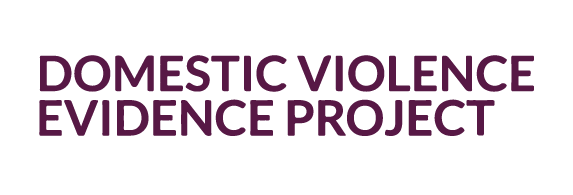Domestic violence is best understood as a pattern of abusive behaviors–including physical, sexual, and psychological attacks as well as economic coercion–used by one intimate partner against another (adult or adolescent) to gain, maintain, or regain power and control in the relationship. Batterers use of a range of tactics to frighten, terrorize, manipulate, hurt, humiliate, blame, often injure, and sometimes kill a current or former intimate partner.
Domestic violence, also known as intimate partner violence, is a serious and widespread problem. In the United States, 1 in 4 women and 1 in 9 men experience contact sexual violence,* physical violence, and/or stalking by an intimate partner in their lifetime and report negative impacts such as injury, fear, concern for safety, and needing services (CDC, 2017).
* Contact sexual violence includes rape, being made to penetrate, sexual coercion, and/or unwanted sexual contact.









